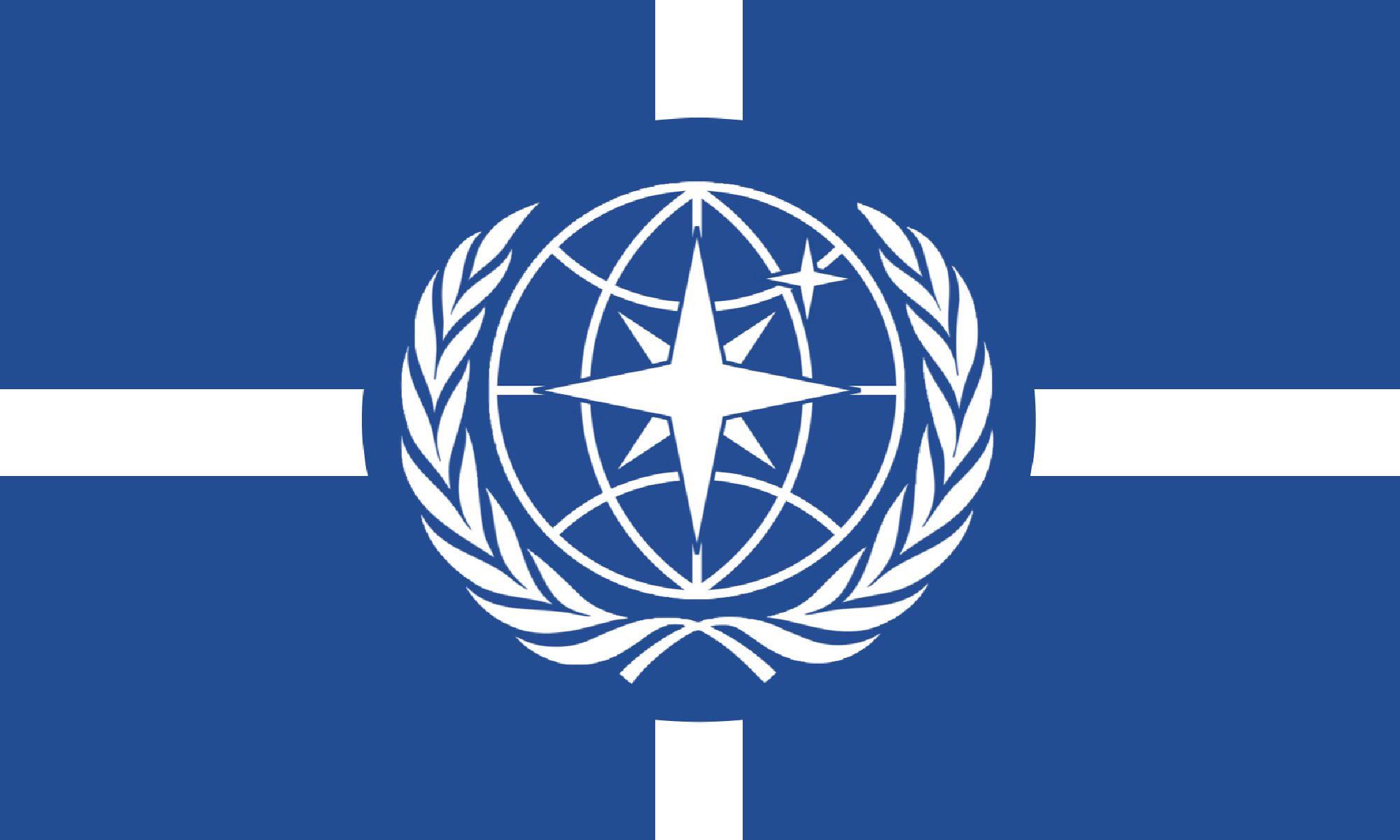A Hidden History
Contrary to popular belief, humans with extraordinary abilities have existed for as long as recorded human history. Countless tales of legendary heroes - etched across Mesopotamian tablets, spread throughout Greece, and more - have been woven in the tapestry of history. Most of them were embellished, figments of a storyteller's imagination, but sometimes they were based on a true story: where someone surpassed human limits to accomplish something impossible. These were the first metahumans, often hiding their abilities to escape persecution or exploitation. Some formed secret communities, while others isolated themselves to avoid detection - and by the Age of Enlightenment, the stories of such wondrous individuals were dismissed as myths.
The rise of industrialization in the 19th century meant that it was harder than ever to conceal one's superhuman abilities. By then, the burgeoning fields of genetics and physics began offering frameworks to understand metahuman abilities as biological phenomena rather than supernatural occurrences. During World War I, rumors circulated of soldiers with uncanny endurance or speed, spurring interest in identifying and studying such individuals. By World War II, both the Axis and Allied powers sought metahumans, either as weapons of war or subjects for experimentation. This dark period saw metahumans forced into service or study under ethically questionable conditions.
Metahumans across the world came to a grim realization: the misuse of their powers, combined with the fear of their potential, risked destabilizing society. The world was not ready.

Foundation Day
In 1945, the Lutierre Corporation, a prominent French multinational manufacturing company, acquired the remote island of Shōtenjima from Japan. The stated purpose was to establish a cutting-edge research hub, but the project, dubbed Project Fulcrum, had a hidden agenda: to study metahumans in a secure and controlled environment and provide a safe haven, shielding them from exploitation while allowing researchers to understand their abilities.
On November 7th, 1952, Project Fulcrum welcomed its first residents: a mix of scientists, engineers, and metahuman individuals. Under the management of Lutierre’s newly formed subsidiary, Akai Dynamics, the island became a sanctuary where metahumans could live freely and contribute to advancing human knowledge. While the general public saw Fulcrum as a beacon of scientific achievement, its inner circles managed a secret network of metahuman communities, research programs, and training facilities.
The island city, simply named Fulcrum, would conduct open research into cutting-edge fields like genetics, physics, and biochemistry, earning Akai Dynamics recognition as a hub of innovation. As the city entered the precarious Cold War period, both the Western and Eastern blocs sought to control Fulcrum - attempts which were repelled by the company's private military forces. Fulcrum’s scientists made critical breakthroughs during this period, including identifying genetic markers linked to metahuman abilities and mapping the physical laws governing extranormal phenomena.
By the 1980s, tensions between Lutierre and global powers escalated. Governments feared that Fulcrum’s monopoly on metahuman research gave it an outsized influence. Meanwhile, metahuman communities within Fulcrum demanded greater autonomy and protections against foreign interference. On February 15th, 1985, in an unprecedented move for a corporation, Lutierre declared Fulcrum a sovereign nation, transferring control to Akai Dynamics. More than just a political maneuver, it was secretly a declaration of independence for metahumans worldwide as the city progressed from a covert research hub to a sovereign city-state.
Despite initial resistance from global powers, Fulcrum’s diplomatic outreach and promises of shared scientific advancements secured recognition from key nations. But the future was still uncertain...

The Fulcrum of Today
Fulcrum’s hidden history shapes its modern identity. As metahumans became more visible worldwide, Fulcrum’s decades of expertise enabled it to lead the global response. It developed training programs for newly emerged metahumans, ensuring they could safely use their abilities, creating a sanctuary for metahumans, that offered them a home, education, and purpose. While its early history was shrouded in secrecy, its mission has always been clear: to ensure that metahumans are not seen as threats but as contributors to the advancement of humanity.
After the collider at CERN awakened metahumans across the globe, the city has opened its gates to millions of immigrants. Existing metahumans were finally able to come out of hiding, revealing themselves to the world. With the massive influx of immigrants to its shores, as well as the aid it offered the global community in wake of the collider incident, the event started being referred to as 'the Fulcrum incident' - with some even speculating that it was all a massive cover-up.
As metahuman-related incidents began to escalate globally, Fulcrum’s technology and expertise became essential for crisis resolution. Fulcrum's metahuman response teams (MRTs), composed of both trained metahumans and specialists, assisted nations in dealing with emergencies they could not handle alone. The media coverage from the MRTs' assistance with the 2011 Tōhoku earthquake resulted in the public calling for superheroes - first responders that could do what no one else can. Fulcrum's expertise and training facilities allowed Akai Dynamics to wield soft power diplomatically, strengthening its alliances and enhancing its global influence.
Today, Fulcrum stands as both a sanctuary for metahumans and the foremost authority on metahumanity. Its expertise has made it indispensable to the international community, particularly in the wake of the global metahuman emergence. Fulcrum’s policies have demonstrated that metahumans can coexist with humanity in harmony. Rehabilitation and training for individuals struggling with dangerous abilities, ethical governance frameworks to protect metahuman rights, and public education campaigns to reduce stigma and promote understanding are just some of the initiatives that Akai Dynamics have been able to publicly carry out since the Fulcrum event.
However, the looming alien threat continues to cast its shadow across the globe. Fulcrum is no exception - especially when rumors of aliens living among the citizens of the City of Evolution continue to be whispered on the streets. The world forges ahead into a tense 21st century...
